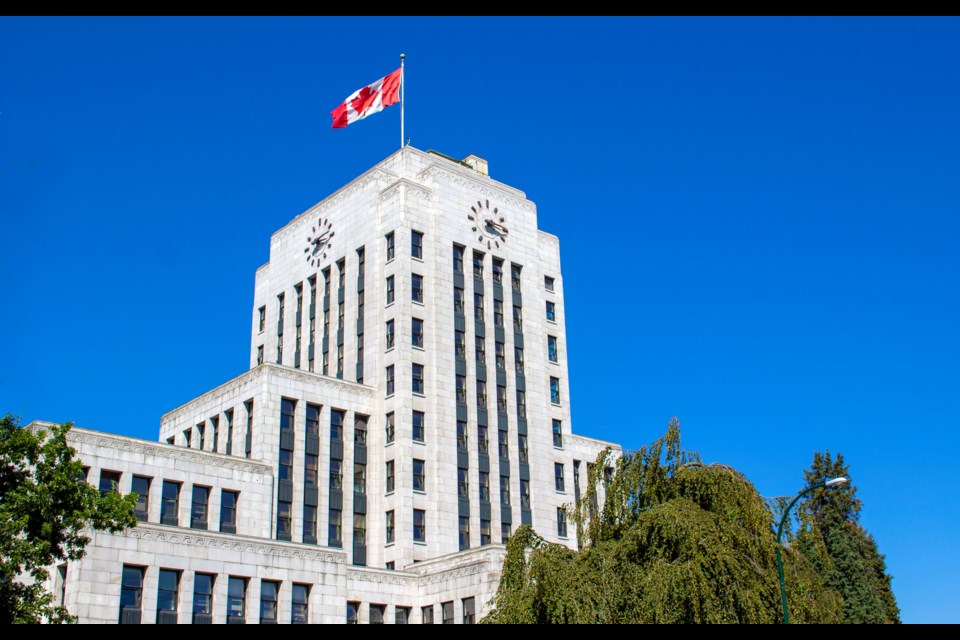Every major municipality in Metro Vancouver has increased its per capita expenditures, adjusted for inflation, in the decade prior to the onset of the COVID-19 pandemic, according to an analysis by fiscal conservative think tank Fraser Institute.
The average increase in per-person spending (inflation-adjusted) was 15.2%, from 2009 to 2019, based on an analysis of annual financial reports. And, double-digit growth occurred in 15 of the 17 municipalities with a population greater than 5,000.
Such expenses have corresponded with city halls extracting more money from residents, as per capita revenue from taxes and user fees grew, on average, 22.7%.
The analysis is broad and apolitical and does not examine what those residents may be getting in return for their dollar, be it services or infrastructure.
The municipal average in per capita spending in 2019 was $2,035. The eight entities under this allotment were all in the Fraser Health region.
West Vancouver topped the list with $3,267 spent per person in 2019, followed by New Westminster ($2,558), Vancouver ($2,415), Richmond ($2,262) and Delta ($2,149).
Conversely, Surrey placed last at $1,435 spent per person in 2019, followed by Maple Ridge ($1,490), Port Coquitlam ($1,627), City of Langley ($1,705) and Pitt Meadows ($1,754).
Most cities or districts showed little variation in rankings over the decade; White Rock jumped from 11th place to eighth after increasing spending 27.7% and, showing more restraint, the City of North Vancouver declined five spots to ninth overall after increasing spending by only 4.7%.
Those who upped their spending the most, after White Rock, were Richmond (24%), Port Moody (23.6%), District of Langley (20.6%) and, despite still spending the least per capita, Surrey (19.8%).
Those whose spending growth was least are: Maple Ridge (2.6%), City of North Vancouver (4.7%), Vancouver (10.2%), Coquitlam (10.8%) and New Westminster (11.6%).
So how are municipalities managing their increased expenditures? By increasing revenue from taxes, user fees and development charges.
The average per capita revenue in 2019 was $2,525 and the average increase in growth in spending per person was 19.6%, the report stated.
On the extreme ends, Coquitlam upped its revenue by 58.7% over the decade, to become the top revenue generator with $3,181 per person, whereas Port Coquitlam decrease its revenue 1.6% — the only municipality to do so. Port Coquitlam took in the least amount of dollars from residents, at $1,813. Following Port Coquitlam was Surrey at $1,929 per capita, a 24.6% jump from 2009.
The City of North Vancouver had the most notable decline, moving six spots from sixth highest to 12th in revenue collected per person in 2019, the analysis showed.
“As with spending, there is great variation in the levels of per-person revenue collected by the 17 Metro Vancouver municipalities,” stated the Fraser Institute report.
How did Vancouver fare in spending and revenue?
Ranking third in per capita spending, Vancouver increased its spending by 10.2%, representing one of the lowest figures (15th) among the 17 Metro Vancouver municipalities.
Its expenses of $2,415 are above the average of $2,035.
In terms of revenue per capita, Vancouver ranked second in 2009 but now ranks fifth, with $2,848 in revenue per capita. As such, its revenue growth is well below the 22.7% average, at just 13.6%.



